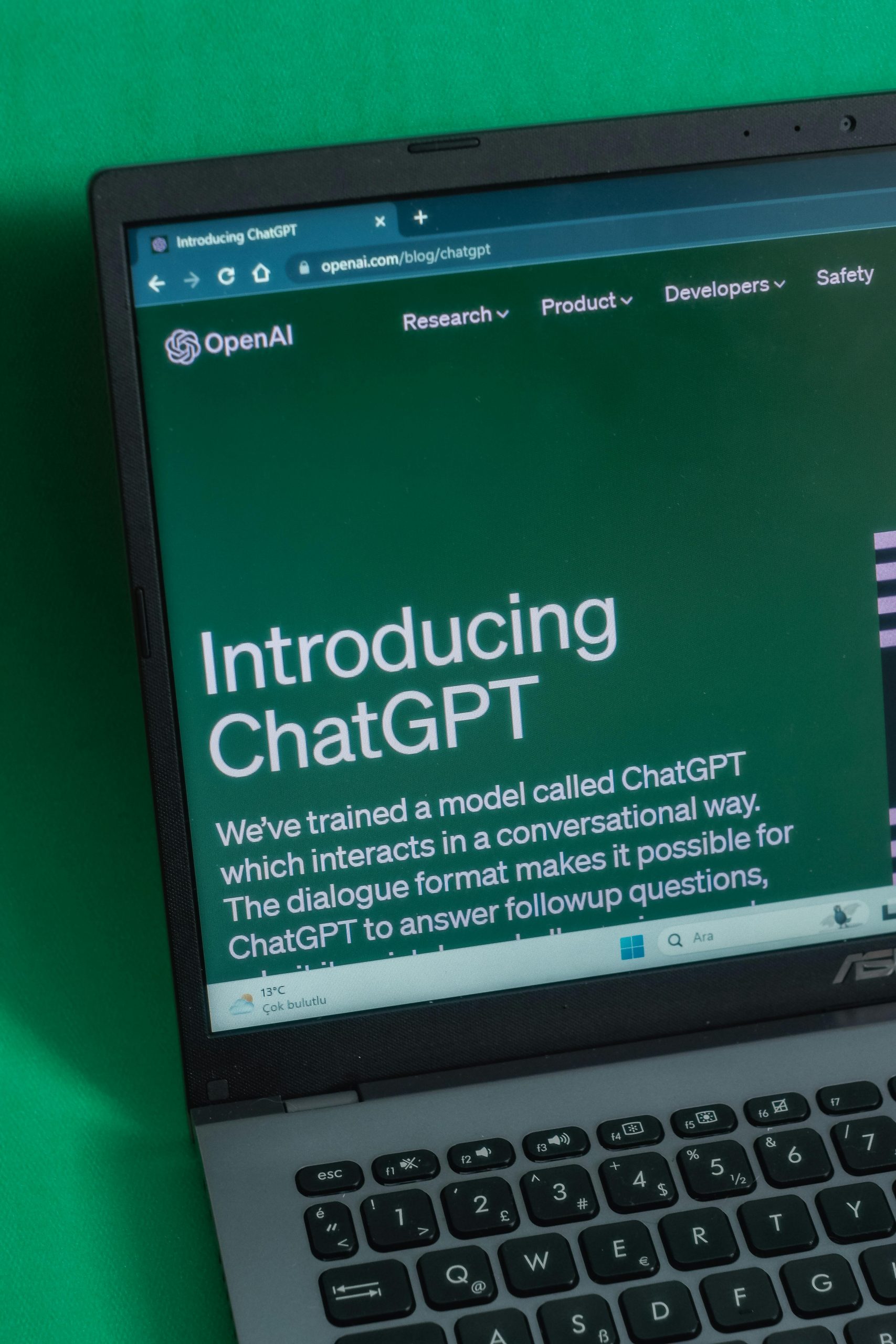It’s no surprise that people are disappointed with the current state of AI.
Understanding the Reality of AI: Moving Beyond the Hype
In today’s tech landscape, it’s easy to feel underwhelmed by artificial intelligence. Much of the conversation is dominated by entrepreneurs and industry insiders promoting superficial solutions, often motivated by profit rather than genuine innovation. These offerings tend to be flashy, yet lack practical substance—what some might call “AI gimmicks” or empty promises fueled by hype and marketing spin.
However, beneath the noise, a quiet revolution is taking place among developers and software engineers. Many are leveraging AI to craft tailored automation systems that streamline workflows and reduce manual effort. Unlike one-size-fits-all solutions, these custom automations are highly adaptable, requiring only minor modifications when implemented in different contexts. It’s important to recognize that we won’t see a single universal AI solution that addresses every need anytime soon; instead, progress will come from creating specialized automations for specific tasks.
A key insight is that the most significant breakthrough isn’t about AI replacing entire jobs outright. Rather, it’s about automating the process of automation itself—the meta-automation of tasks. Typically, a task involves a sequence of 1 to 5 steps, possibly looping or interacting with external APIs, and often requires a memory system to track information throughout the process.
While this may sound straightforward, the devil is in the details. Each step demands a well-crafted prompt, correct sequencing, and a structured memory component integrated into the workflow. Connecting to APIs to perform specific actions further complicates the process, necessitating multiple specialized AI agents: one to generate prompts, another to build and manage system architecture (including memory integration), and yet another to interact with external APIs.
Fortunately, these components already exist. AI models have been generating their own prompts for some time, and recent developments have further streamlined this process. For instance, the 2023 paper [“arXiv:2310.08101”] detailed advances in this area. Additionally, the introduction of the MCP protocol—an API that incorporates instructions for large language models directly within its structure—marks a significant step forward. Recently, tools like AgentForge have integrated YAML-based architectures, enabling AI systems to autonomously design complete workflows—from prompt sequencing to memory management—without manual coding.
All these advancements suggest that we’re on the cusp of a new era. The final frontier isn’t just automating isolated tasks but automating the automation process itself. While challenging, this progress promises to fundamentally














Post Comment